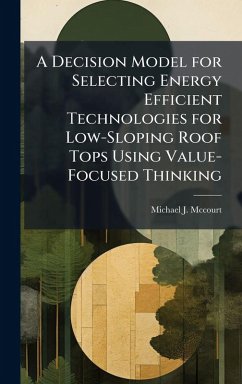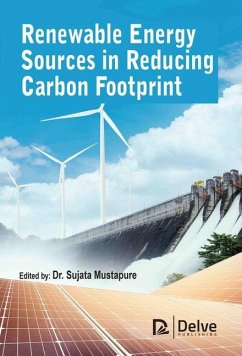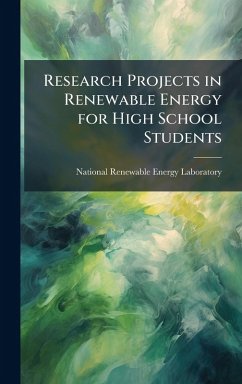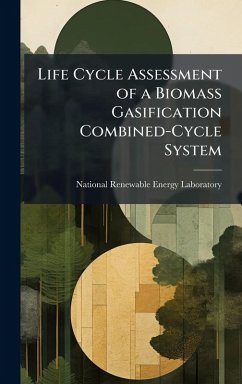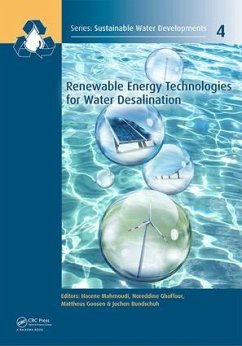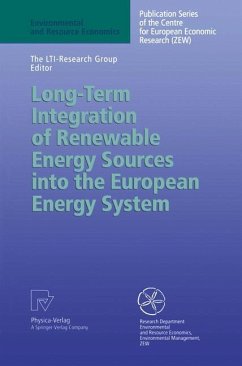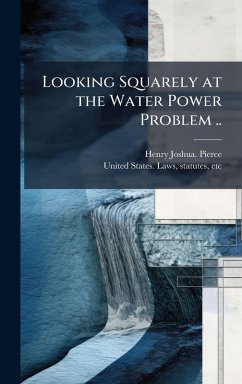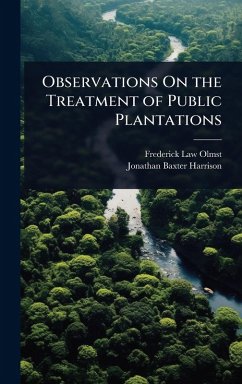
Decision Analysis Using Value-Focused Thinking to Select Renewable Energy Sources
Versandkostenfrei!
Versandfertig in über 4 Wochen
29,99 €
inkl. MwSt.
Weitere Ausgaben:

PAYBACK Punkte
15 °P sammeln!
The United States is heavily dependent on fossil fuels to produce electricity. Renewable energy can provide an alternative source of energy for electricity production as well as reduce fossil fuel consumption. The executive agencies in the U.S. must also reduce greenhouse gas emissions by 2010 based on 1990 emission levels as directed by Executive Order. However, there is currently no analysis model to provide guidance toward which renewable energy to select as a course of action. This research effort used value-focused thinking decision analysis to create a model based on inputs from the Air ...
The United States is heavily dependent on fossil fuels to produce electricity. Renewable energy can provide an alternative source of energy for electricity production as well as reduce fossil fuel consumption. The executive agencies in the U.S. must also reduce greenhouse gas emissions by 2010 based on 1990 emission levels as directed by Executive Order. However, there is currently no analysis model to provide guidance toward which renewable energy to select as a course of action. This research effort used value-focused thinking decision analysis to create a model based on inputs from the Air Force Civil Engineer Support Agency. This model allows a decision-maker to easily alter weights and value functions related to renewable energy sources as needed to correspond to the personal values of that person. These values combined with the objective scores obtained from the generated alternatives results in a suggested course of action. The sensitivity analysis shows the changes of the output based on the alterations of the weighting of each measure. All measures were varied to study their influence on the final outcome. Application of the model at three bases showed this model appears to work based on the influencing weights and values of the decision-maker. This work has been selected by scholars as being culturally important, and is part of the knowledge base of civilization as we know it. This work was reproduced from the original artifact, and remains as true to the original work as possible. Therefore, you will see the original copyright references, library stamps (as most of these works have been housed in our most important libraries around the world), and other notations in the work. This work is in the public domain in the United States of America, and possibly other nations. Within the United States, you may freely copy and distribute this work, as no entity (individual or corporate) has a copyright on the body of the work. As a reproduction of a historical artifact, this work may contain missing or blurred pages, poor pictures, errant marks, etc. Scholars believe, and we concur, that this work is important enough to be preserved, reproduced, and made generally available to the public. We appreciate your support of the preservation process, and thank you for being an important part of keeping this knowledge alive and relevant.



